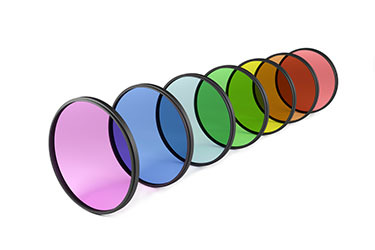How NDAR Coating Solves Transmittance And Reflectivity Challenges
By Sean Dinkel, HOYA

Neutral density (ND) filters are used across numerous applications to facilitate constant attenuation across a range of wavelengths. For example, systems where reflected light has a negative effect on performance — such as imaging systems that require very low transmittance (e.g., 0.01% or less) require the use of ND filters. “Standard” ND filters generally are made of colored glass, while coated ND filters are available for deposition onto a variety of substrates, including glass and plastics/resins.
An understanding of the types of ND filters available, as well as their specific benefits or shortcomings, is critical to organizations designing an optical assembly within a limited space. This article examines the pros and cons, as well as suitable applications, for both colored glass ND filters and coated ND filters. It also introduces NDAR (neutral density, anti-reflective) filters from HOYA as a solution for designers who need to optically suppress reflections from the filter surface, as well as achieve mechanical requirements with uncompromising thickness specifications.
Get unlimited access to:
Enter your credentials below to log in. Not yet a member of Photonics Online? Subscribe today.
